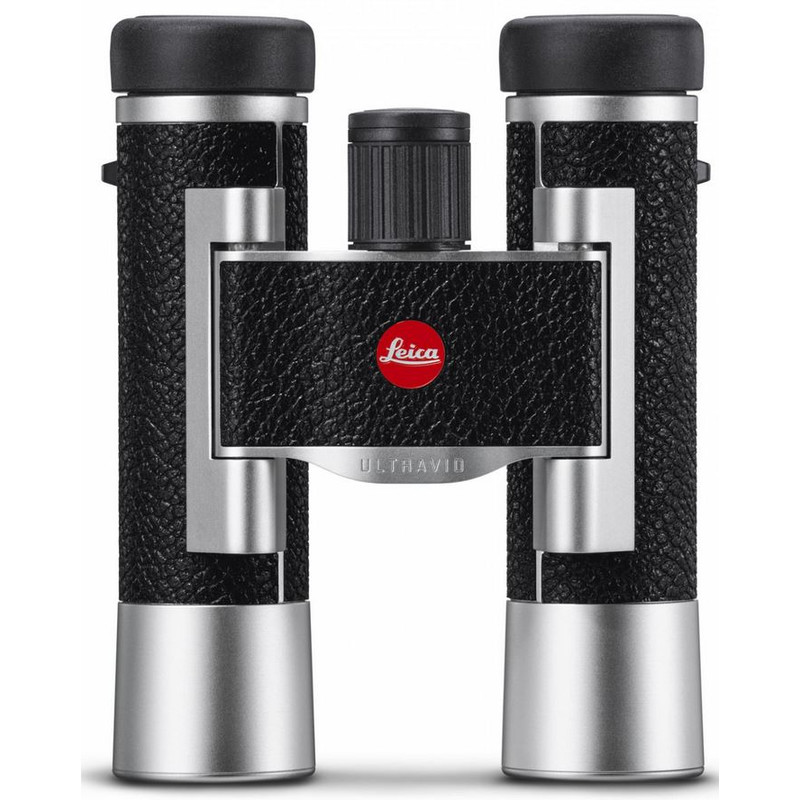

Both materials emit radiation that can be measured with a Geiger counter, but thorium is significantly more radioactive than lanthanum because a much larger percentage of it consists of an unstable isotope. To create what became the Summicron, a 7-element, a 4-group masterpiece with elements having shallower curves than those in the Summitar, they needed to use glass that provided a very high refractive index (light-bending power), along with very low dispersion (the differences in light-bending angles for various wavelengths of light.) The classic measure of the optical dispersion of a glass is its Abbe number the higher the number, the narrower the dispersion spectrum, and the easier it is to control chromatic aberrations, etc.Īt the time, the only way to achieve glass that provided a very high refractive index and a high Abbe number was to incorporate a “rare earth,” thorium oxide or lanthanum oxide, into the glass itself. Leitz Wetzlar and close associates of Berek, who passed away in October 1949. The assignment fell to Gustav Kleinberg and Otto Zimmermann, two of the most brilliant optical designers at E. By that time, they were diligently working on a stunning new Leica camera that was to become the landmark Leica M3 of 1954, and their goal was to grace it with the finest, most advanced 50mm f/2 lens the world had ever seen. Yes, they were (and still are!) literally radioactive, but they incorporated elements made of thorium and lanthanum glass because of their unique optical propertiesīy the late 1940s, the management at Leica knew they needed to come up with a superlative successor to the well-respected 50mm f/2 Summitar that had been designed by the legendary Max Berek in 1937 and had been in production since 1939.


 0 kommentar(er)
0 kommentar(er)
